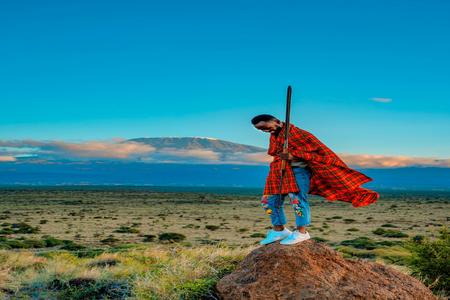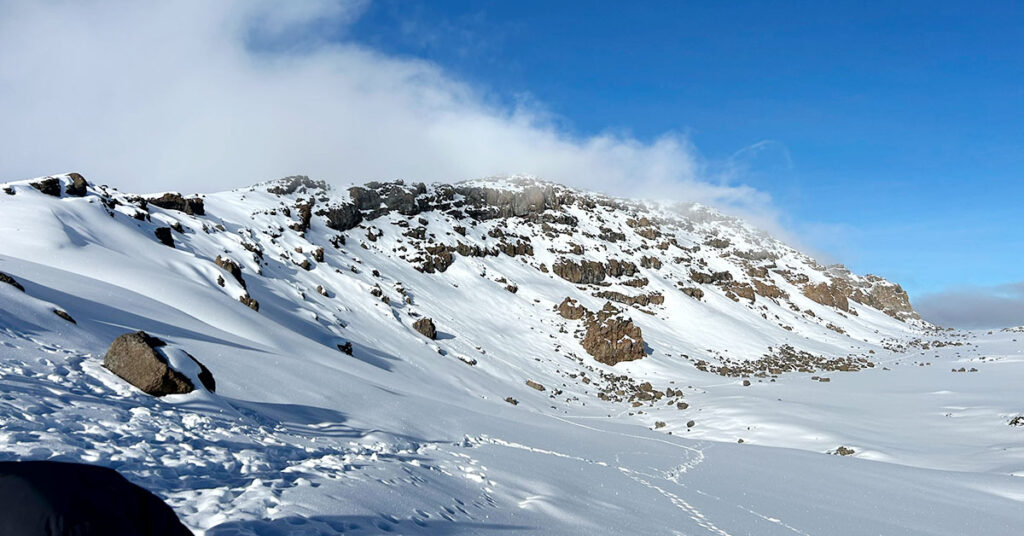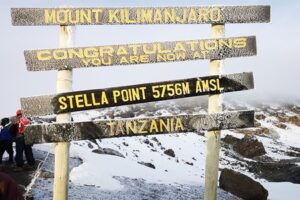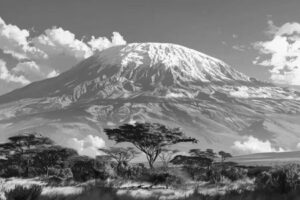Table of Contents
Why Choosing an Experienced Kilimanjaro Tour Company Matters for Your Safety and Success | Kili Quests
Climbing Mount Kilimanjaro is one of the most life-changing experiences an adventurer can have. But with unpredictable weather, high altitude, and demanding terrain, choosing the right tour operator is just as important as preparing your gear.
At Kili Quests, our decades of experience on the mountain have shown one thing clearly — experienced guides save lives, improve success rates, and make the journey unforgettable.

Expert Knowledge of Kilimanjaro’s Terrain and Routes
Understanding the Routes
Not every route suits every trekker. A professional operator:
- Recommends the best route for your fitness, goals, and schedule
- Designs itineraries with proper acclimatization and pacing
- Knows the advantages and risks of each route (e.g., Lemosho vs Marangu)
Kilimanjaro Routes Compared: Success, Scenery & Difficulty – Learn which path fits your climbing style best.
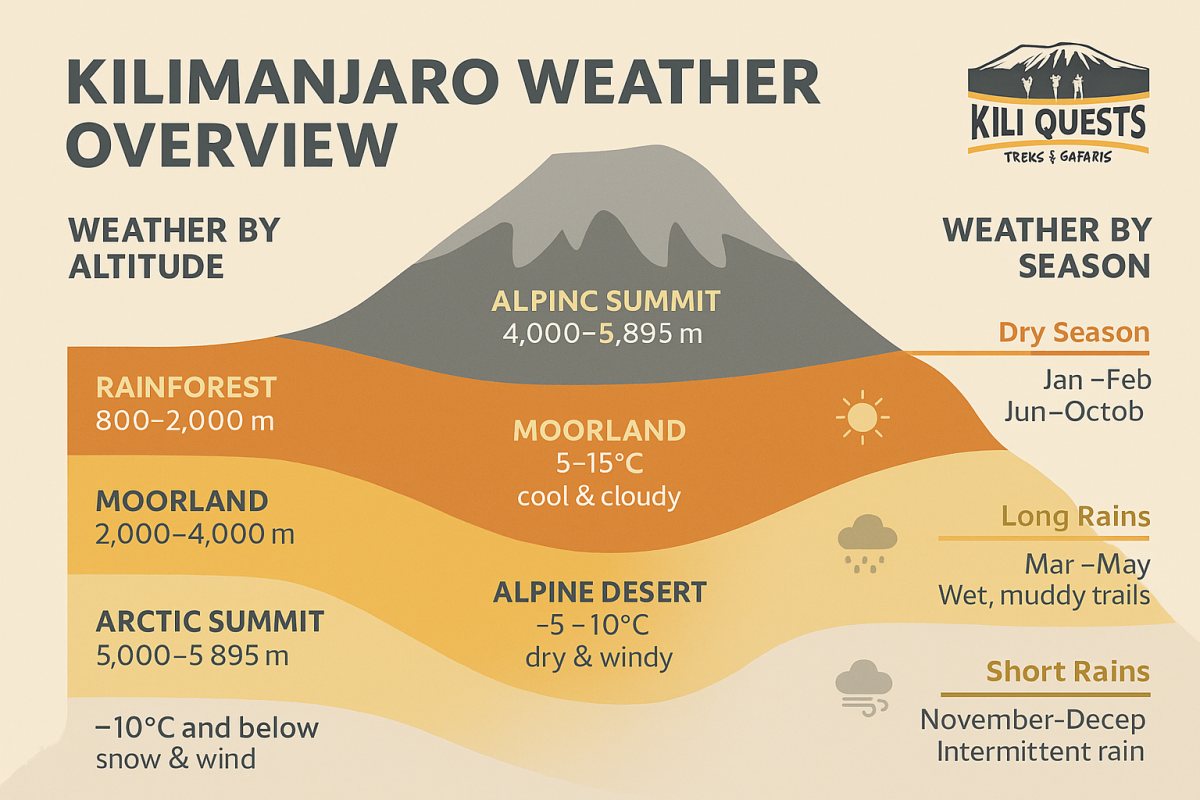
Navigating Weather & Altitude Zones
With weather changing from humid rainforests to sub-zero alpine zones:
- Our guides monitor forecasts daily and adapt to conditions
- We prepare you for all five ecological zones — from rainforest to arctic summit
Kilimanjaro Weather by Altitude & Season – Understand climate zones to pack and plan better.
Acclimatization & Altitude Sickness Prevention
Altitude sickness is the #1 reason climbers don’t reach the summit.
How Kili Quests Keeps You Safe:
- We follow the “climb high, sleep low” strategy
- Routes like Lemosho and Northern Circuit are prioritized for acclimatization
- Short acclimatization hikes are included on most days
- Our guides are WFR-certified and trained in altitude emergency protocols
Understand Altitude Sickness on Kilimanjaro – Learn how acclimatization saves lives on the mountain.
Proper Equipment & Trekking Support
High-Quality Gear
We provide:
- Four-season tents and sleeping gear
- Private portable toilets for hygiene
- Hot, nutritious meals each day
- Medical kits, oxygen cylinders, and radio communication equipment
Kilimanjaro Trek Rental Guide – Learn how we help you rent high-quality gear locally.
Experienced Staff
With over 25 years of mountain experience, our team includes:
- Senior guides who’ve summited Kilimanjaro hundreds of times
- Skilled porters and cooks who keep your morale high
- Staff trained to support you both physically and emotionally
Emergency Procedures & Safety Protocols
Evacuation Plans
We have pre-established evacuation protocols, including:
- 24/7 communication with rescue servicer
- Access to helicopter evacuations (insurance required)
- On-the-spot decision-making to descend if health declines
Adherence to Safety Standards
All Kili Quests staff:
- Carry first-aid kits and oxygen
- Are trained in altitude and trauma response
- Operate under Tanzania National Park regulations and international standards
The Best Medical Insurance for Kilimanjaro Treks – Learn why your policy should include helicopter evacuation.
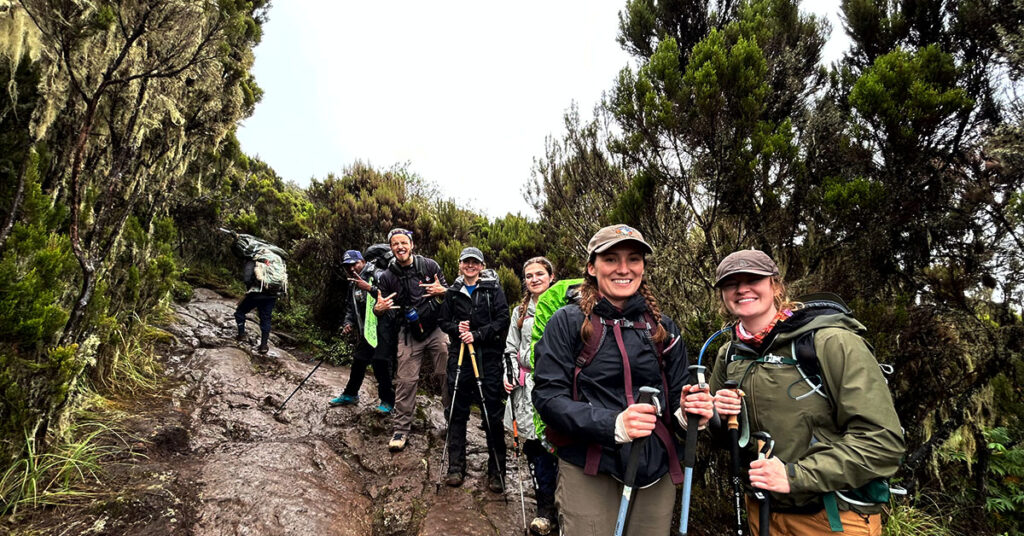
High Success Rates & Motivated Climbers
Our Proven Summit Success
Thanks to our acclimatization-focused itineraries and strong team support, Kili Quests has one of the highest summit success rates among private operators.
We regularly guide trekkers along routes like:
- Lemosho (98% success rate)
- Northern Circuit (99% success rate)
Lemosho Route: 8-Day Itinerary & Guide – See why this is our most recommended route.
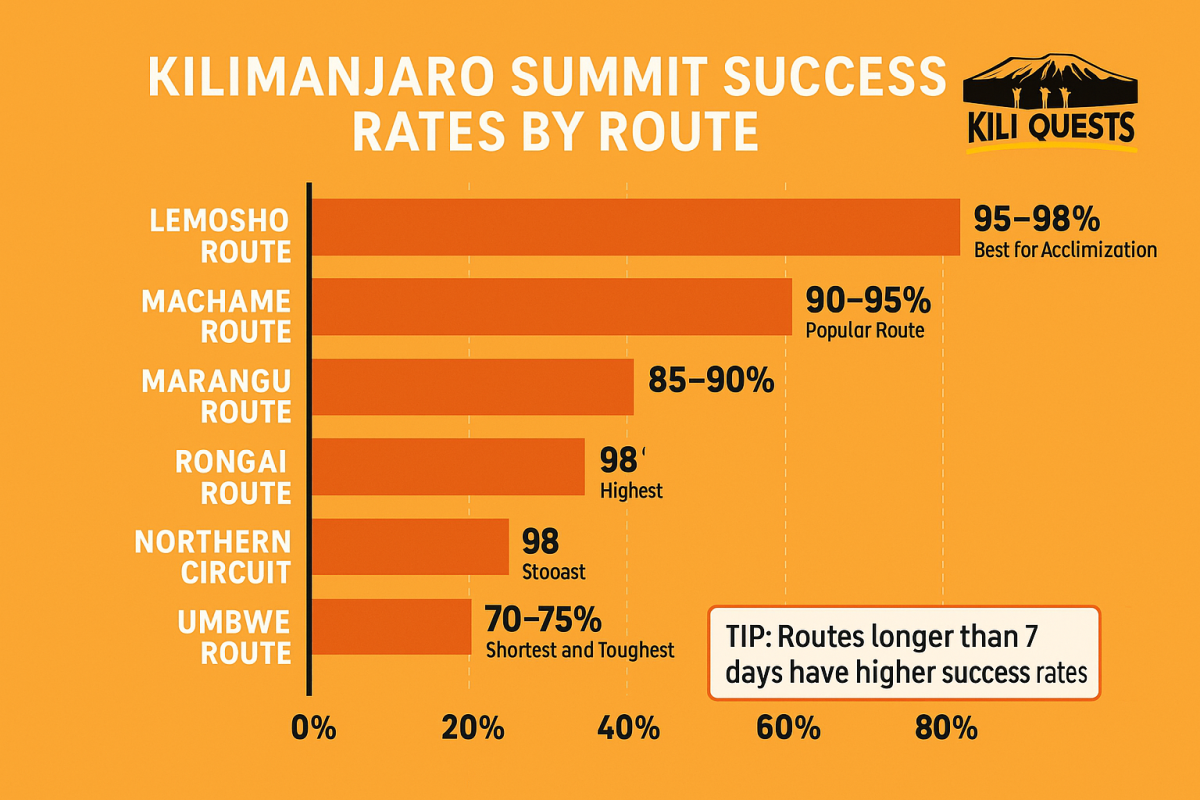
Motivation & Morale
The mountain is both a physical and mental challenge. Our experienced team:
- Offers encouragement and emotional support
- Builds camaraderie among climbers
- Helps you push through summit night — when it counts most
Why Choose Kili Quests?
With Kili Quests, you’re not just hiring a tour — you’re gaining a support system committed to your safety, comfort, and summit success.
We provide:
- Custom itineraries based on your pace
- 24/7 local support
- Transparent communication and ethical porter treatment
- A reputation built on integrity and results
What’s Included in Our Climb Package – See the full breakdown of what your Kilimanjaro tour should cover.
Ready for the Adventure of a Lifetime?
Don’t risk your trek with an inexperienced operator. Choose Kili Quests — a seasoned, safety-focused Kilimanjaro team that has guided thousands to the summit and back.
Contact us today to plan your Kilimanjaro adventure with confidence and care. Let’s reach the Roof of Africa — together.
Related Articles

Kilimanjaro Porter Rules: Weight & Responsibilities
April 10, 2025
No Comments
Table of Contents How Much Weight Does a Kilimanjaro Porter Carry? | Kili Quests When trekking Mount Kilimanjaro, porters play a crucial role in
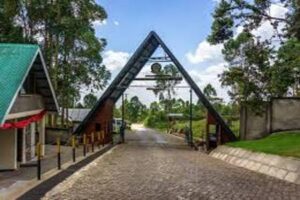
Kilimanjaro Porters: Unsung Heroes of the Summit
April 15, 2025
No Comments
Table of Contents What Porters Do Behind the Scenes on Kilimanjaro | Kili Quests The True Backbone of Every Climb Every Kilimanjaro success story
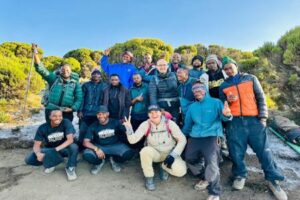
Kilimanjaro Trek: How Many Porters You’ll Need
April 15, 2025
No Comments
Table of Contents How Many Porters Do You Need for a Kilimanjaro Trek? | Kili Quests Why Porters Matter Climbing Kilimanjaro isn’t just about



